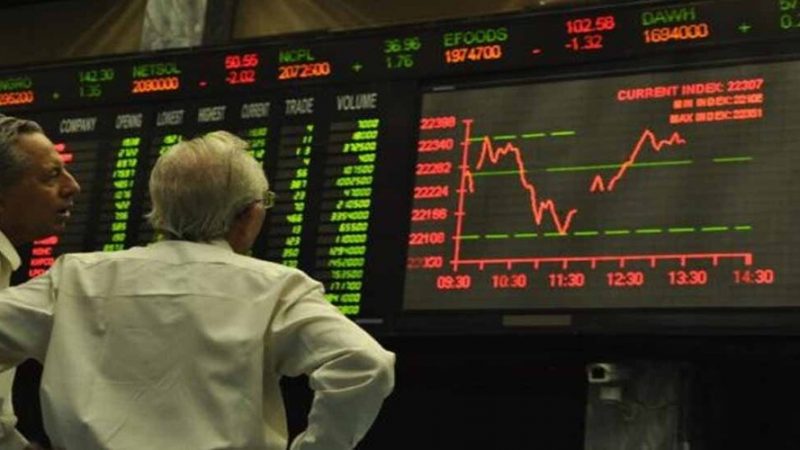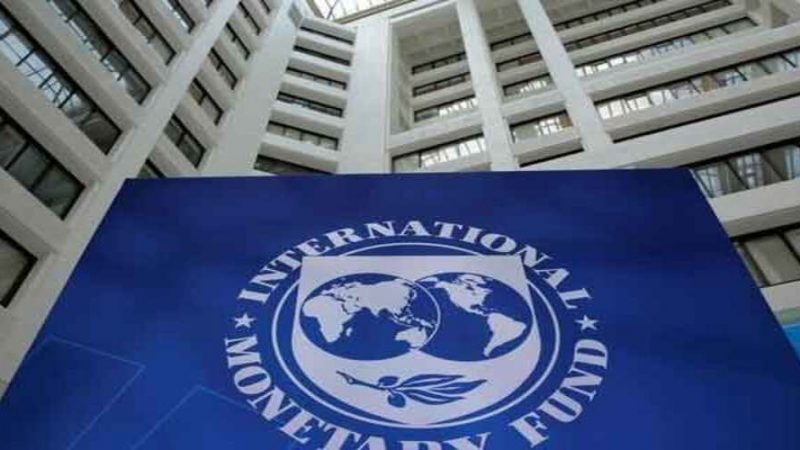Government Explores Alternative Sources of Funding

We intend to finance the majority of our medium-term requirements by using 10-15-year bonds and subsidised multilateral loans.
We aim to include government papers on the stock exchange and diversify local debt instruments by including inflation-linked bonds.
ISLAMABAD: With the foreign Monetary Fund (IMF) now on board, the government is considering settling on 10-15-year foreign bonds and favourable multilateral loans to cover most of its short- and medium-term external funding requirements.
We also plan to offer government securities on the stock exchange, issue short-term Islamic and conventional floating rate products, and diversify local debt instruments by issuing inflation-based bonds.
This forms part of the brand-new medium-term debt management strategy for the fiscal years 2023 to 2026 that the Ministry of Finance unveiled over the weekend.
One of the steps in the strategy to extend the average time until maturity of the external debt portfolio over the medium term is “taking maximum concessional external financing from bilateral and multilateral development partners,” it stated, adding that other steps include “borrowing more in 10 years’ and 15 years’ tenors in the international capital market while considering cost and risk trade-offs.”
When it comes to selecting a grace period, final maturity, and amortisation structure, the borrower has the most flexibility with multilateral loans. In these situations, we want to select an average maturity date that is substantially longer while still providing a smooth redemption profile for our portfolio of foreign public debt.
We will also make every effort to contract new commercial loans with considerably longer terms (three years or more) than the current rollover tenures of little more than a year.
Additionally, our initiatives will focus on refinancing the current portfolio of commercial loans from the short term to medium and long durations.
We plan to introduce a number of instruments to broaden the investor base and provide investors with diversified investment avenues that are more in line with their investment horizons, income preferences, and risk appetite to finance the fiscal deficit and refinance existing domestic debt.
To attract insurance firms, pension funds, and mutual funds that prefer to purchase these instruments for their liability management, we are also considering the possibility of creating inflation-linked bonds.
To encourage investor outreach, we are also considering the listing and trading of government securities on the stock exchange.
Savings certificates in digital form
Furthermore, the Central Depository Company (CDC) will sell the National Savings Scheme (NSS) certificates in digital format.
We anticipate that most of the additional profits will be mobilised through NSS in the non-banking sector. We will intensify efforts in this regard to boost retail investor engagement in government securities in both primary and secondary markets.
The ultimate goal, according to the statement, is to use stock exchanges for the primary market or auction of government debt instruments to increase outreach and involve the retail segment.
Speaking on the plan to boost multilateral funding, the Ministry of Finance predicts that over the medium term, project aid disbursements will rise as a result of intensified efforts to expedite project implementation.
On the other hand, as policy-based funding and macroeconomic stability are related, it is anticipated that our structural reforms will improve macroeconomic stability.
“Disbursement from multilateral and bilateral creditors is expected to increase in the medium term,” the statement reads. “With improved macroeconomic indicators coupled with faster project implementation,” it adds.
The ministry’s analysis of macroeconomic projections indicates that the public debt-to-GDP ratio, which had risen in recent years, is projected to decline over the medium term.
As of June 30, 2022, the average period until maturity of external debt will be 6.2 years, down from 10 years in 2012–2013, seven years in 2018–2019, and ten years in
Published by BeGreen, July 3rd, 2023






